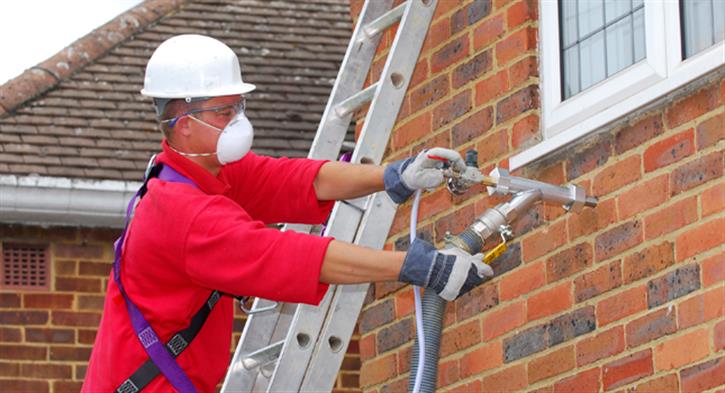

Thanks to the introduction of the government’s Green Deal and ECO schemes there has been a spike in the number of homeowners looking to make energy-saving improvements to their homes. Mark Krull, from Logic Certification, explains the potential gas safety risks surrounding insulation.
With insulation proving an increasingly popular choice, it has never been more important for installers of cavity wall, loft insulation and external cladding to have a thorough and proper understanding of gas safety through the appropriate training.
A recent incident saw insulation firm, HIS Energy prosecuted by the Health & Safety Executive (HSE) following the death of an 83 year-old pensioner who died from carbon monoxide (CO) poisoning just hours after the flue on her gas boiler was blocked with cavity wall insulation.
But as well as a blocked flue, what are the main areas that could pose a concern or potential hazard? Only appropriately trained installers will be 100% aware of the risks involved and areas that need particular attention when installing insulation or external cladding.
The key areas to address are:
Soon to be made available is a Technician’s Guide to Best Practice from the Heating & Hot Water Council (HHIC), designed to provide Solid Wall Insulation (SWI) technicians with industry best practice when dealing with flues, combustion, air ventilators, gas pipework and fittings, and other items relating to the safety and operation of gas appliances, which may be encountered during the installation of SWI.
The guide lays down the obligations of SWI companies and is to be used in conjunction with recommended training programmes.
Logic Certification has recently launched a Gas Safety Awareness Course for Cavity Wall & Loft Installation Installers and/or External Cladding installers, designed to help learners understand the risks associated with gas and other fossil fuel appliances.
For more information, visit www.logiccertification.com.
If you'd like to keep up-to-date with the latest developments in the heating and plumbing industry, why not subscribe to our weekly newsletters? Just click the button below and you can ensure all the latest industry news and new product information lands in your inbox every week.